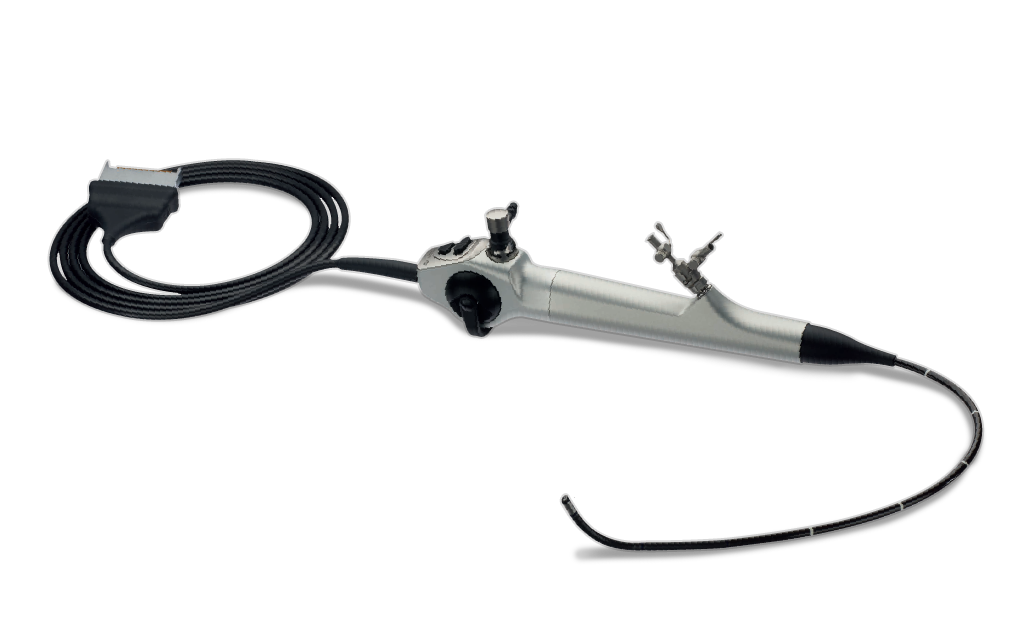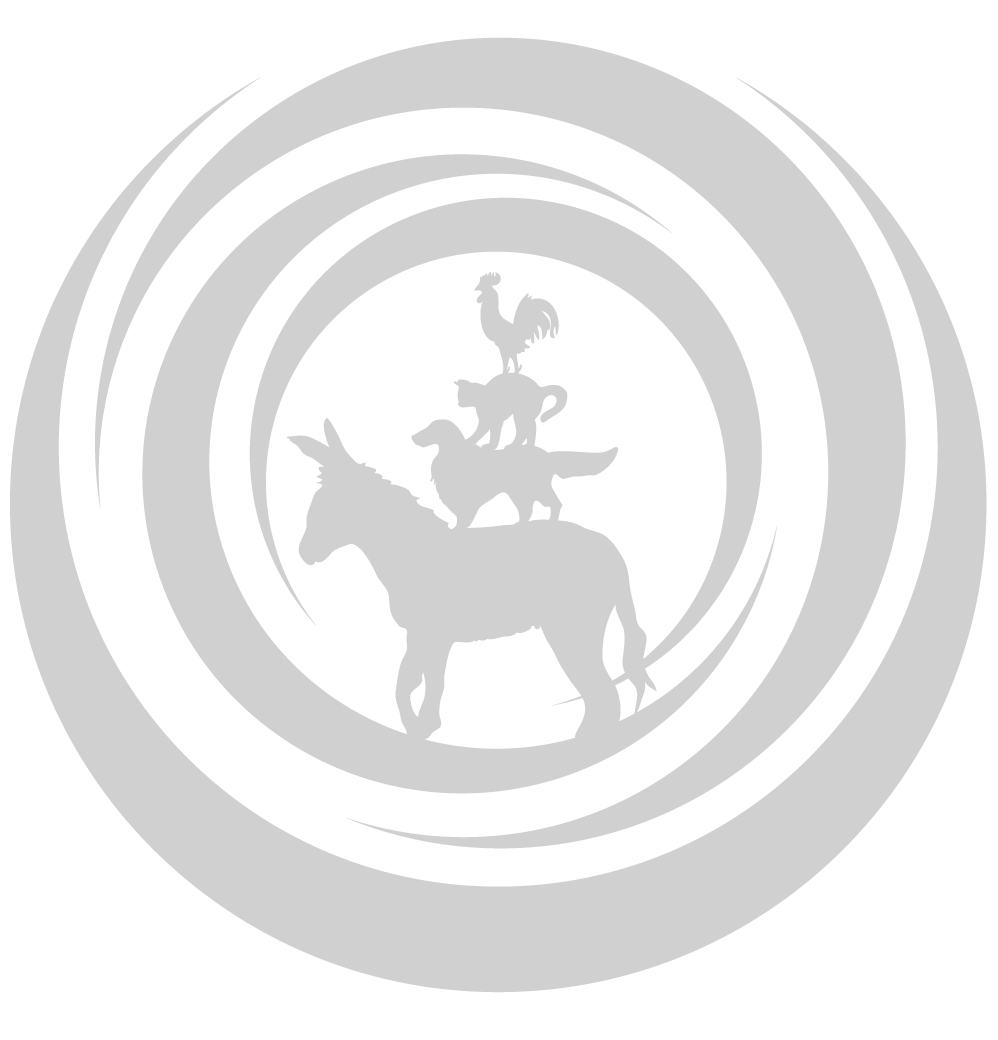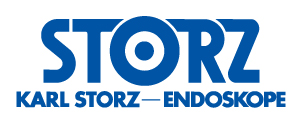DIAGNOSTIC ENDOSCOPY –
AN IMMERSIVE GUIDE
INTEGRATED LIVE COURSE
Spring: Available for 6 months from date of registration (Online Only)
March 26 – 30, 2023 (Onsite labs)
Oquendo Center | Las Vegas
Spring 2023 Course sold out, if you would like to be added
to the waitlist for the next course please click on the button below.
INTEGRATED LIVE COURSE
If you would like to be added to the waitlist for the next course please click on the button below.

Integrated LIVE Course Details
The Integrated Live Course combines in-depth online training with intensive hands-on training to facilitate rapid development of high endoscopic proficiency. Training covers flexible and rigid scope anatomy, handling and cleaning; laser physics, handling and safety; intracorporeal laser lithotripsy; cystoscopy, rhinoscopy, bronchoscopy, upper and lower gastrointestinal endoscopy, laparoscopy and associated advanced procedures. Information covered includes equipment required, case selection and anesthetic considerations, procedural techniques, tips and tricks, and complications.
Didactic material is administered online (20 CE hours) prior to the start of laboratories. As shown below, onsite training maximizes ‘scope time’, with lectures limited to group debriefing sessions. A mixture of dry, cadaveric, and live animal laboratories is used to facilitate mastery of presented material, with the expectation that participants will be ready to ‘Scope On!’ upon course completion. For more information on online course content, click here. See below for details on laboratory activities.
ONSITE LABORATORIES*
*Lab times may vary slightly between offerings
TIME | DAY 1 | DAY 2 | DAY 3 | DAY 4 | DAY 5 (Spring Course Only) |
8:00 am | Breakfast: Day overview | Breakfast: Day overview | |||
8:30 am | Breakfast: Day overview | Gastrointestinal Endoscopy | Laparoscopy | ||
9:00 am | Scope Handling | Laser Training | Cystoscopy – Part 2 (plus Rhinoscopic Odds and Ends) | ||
10:00 am | |||||
11:00 am | |||||
12:00 pm | Lunch | ||||
1:00 pm | Scope Cleaning (plus Handling & Stereotactics) | Cystoscopy – Part 1 | Bronchoscopy | ||
2:00 pm | Lunch | Lunch & Wrap-Up | |||
3:00 pm | Feeding Tube Placement | ||||
4:00 pm | Wrap-Up | ||||
5:00 pm | Wrap-Up | Wrap-Up | Wrap-Up |
|
TIME |
DAY 1 |
DAY 2 |
DAY 3 |
DAY 4
|
|
8:00 am |
Breakfast: Day overview |
|||
|
8:30 am |
Breakfast: Day overview |
Gastrointestinal
Endoscopy
|
||
|
9:00 am |
Scope Handling
& Stereotactics
|
Laser Training
& Rhinoscopy
|
Cystoscopy – Part 2
(plus Rhinoscopic
Odds and Ends) |
|
|
10:00 am |
||||
|
11:00 am |
||||
|
12:00 pm |
Lunch |
|||
|
1:00 pm |
Scope Cleaning
(plus Handling
& Stereotactics) |
Cystoscopy – Part 1
(Laser Training Continues)
|
Bronchoscopy
|
|
|
2:00 pm |
Lunch |
|||
|
3:00 pm |
Feeding Tube
Placement
|
|||
|
4:00 pm |
Wrap-Up |
|||
|
5:00 pm |
Wrap-Up |
Wrap-Up |
Wrap-Up |
|
TIME |
DAY 1 |
|
8:00 am |
|
|
8:30 am |
Breakfast & Day Overview |
|
9:00 am |
Scope Handling
& Stereotactics |
|
10:00 am |
|
|
11:00 am |
|
|
12:00 pm |
Lunch |
|
1:00 pm |
Scope Cleaning
(plus Handling
& Stereotactics) |
|
2:00 pm |
|
|
3:00 pm |
|
|
4:00 pm |
Wrap-Up |
|
5:00 pm |
|
TIME |
DAY 2 |
|
8:00 am |
|
|
8:30 am |
Breakfast & Day overview |
|
9:00 am |
Laser Training
& Rhinoscopy |
|
10:00 am |
|
|
11:00 am |
|
|
12:00 pm |
Lunch |
|
1:00 pm |
Cystoscopy, Part 1
(Laser Training continues) |
|
2:00 pm |
|
|
3:00 pm |
|
|
4:00 pm |
|
|
5:00 pm |
Wrap-Up |
|
TIME |
DAY 3 |
|
8:00 am |
|
|
8:30 am |
Breakfast & Day Overview |
|
9:00 am |
Cystoscopy, Part 2
(plus Rhinoscopic
Odds and Ends) |
|
10:00 am |
|
|
11:00 am |
|
|
12:00 pm |
Lunch |
|
1:00 pm |
Bronchoscopy |
|
2:00 pm |
|
|
3:00 pm |
|
|
4:00 pm |
|
|
5:00 pm |
Wrap-Up |
|
TIME |
DAY 4
|
|
8:00 am |
Breakfast & Day Overview |
|
8:30 am |
Gastrointestinal
Endoscopy
|
|
9:00 am |
|
|
10:00 am |
|
|
11:00 am |
|
|
12:00 pm |
|
|
1:00 pm |
|
|
2:00 pm |
Lunch |
|
3:00 pm |
Feeding Tube
Placement |
|
4:00 pm |
|
|
5:00 pm |
Wrap-Up
|
TIME | DAY 5 (Spring Course Only) |
8:00 am | Breakfast & Day overview |
8:30 am | Laparoscopy |
9:00 am | |
10:00 am | |
11:00 am | |
12:00 pm | |
1:00 pm | |
2:00 pm | Lunch & Wrap-Up |
3:00 pm | |
4:00 pm | |
5:00 pm |
In this laboratory, participants will learn the different components of flexible and rigid endoscopy towers; connect and power up a tower, fiberoptic scope, videoscope and rigid telescope; properly hold and manipulate rigid and flexible scopes (and what happens when proper technique is not used); navigate simulated airway and intestinal tracts and practice foreign body retrieval and biopsy; and use laparoscopic instruments for performance of rigid endoscopic skills.
During this laboratory, participants will identify and correctly name rigid endoscopy instruments; learn proper disassembly, cleaning, and reassembly techniques for flexible and rigid scopes; and continue developing of handling and stereotactic skills.
In this laboratory, participants will review laser physics and safety; learn to safely operate a laser as a team and maintain laser fibers; apply appropriate technique for tissue resection and urolith disruption in a trainer; connect and power up a tower for rhinoscopy; performed retrograde and antegrade rhinoscopy in dog and cat cadavers, including practicing a variety of biopsy techniques; and apply previously learned skills to appropriately disassemble and clean endoscopic equipment.
During this laboratory, participants will continue laser training by group; connect equipment and power up a tower for cystoscopy; perform cystoscopy and vaginoscopy (± stone retrieval and laser lithotripsy) in dog and cat cadavers; and apply previously learned skills to appropriately disassemble and clean endoscopic equipment.
In this laboratory, participants will connect equipment and power up a tower for cystoscopy; perform and observe cystoscopy in a female dog with special attention devoted to ureteral localization and normal ureteral peristalsis; document vaginoscopic and cystoscopic findings and apply previously learned skills to appropriately disassemble and clean endoscopic equipment. After completion of the live animal portion of the laboratory, participants will perform infraorbital nerve blocks, apply instrumentation necessary for sinonasal antifungal infusions, and participate in or observe cystoscopic-assisted cystotomy in a cadaveric dog.
During this laboratory, participants will perform bronchoscopy in a systematic manner using bronchoscopic maps, collect bronchoalveolar lavage samples, perform or observe endoscopically captured laryngeal function examinations, and apply previously learned skills to appropriately disassemble and clean endoscopic equipment.
In this laboratory, participants will perform upper gastrointestinal endoscopy, remove foreign bodies and collect gastrointestinal biopsies, perform lower gastrointestinal endoscopy, and apply previously learned skills to appropriately disassemble and clean endoscopic equipment. After completion of the live animal portion of the laboratory, participants will have the opportunity to perform PEG or esophagojejunostomy tube placement in a cadaveric dog.
In this laboratory, participants will learn the different components of flexible and rigid endoscopy towers; connect and power up a tower, fiberoptic scope, videoscope and rigid telescope; properly hold and manipulate rigid and flexible scopes (and what happens when proper technique is not used); navigate simulated airway and intestinal tracts and practice foreign body retrieval and biopsy; and use laparoscopic instruments for performance of rigid endoscopic skills.
During this laboratory, participants will identify and correctly name rigid endoscopy instruments; learn proper disassembly, cleaning, and reassembly techniques for flexible and rigid scopes; and continue developing of handling and stereotactic skills.
In this laboratory, participants will review laser physics and safety; learn to safely operate a laser as a team and maintain laser fibers; apply appropriate technique for tissue resection and urolith disruption in a trainer; connect and power up a tower for rhinoscopy; performed retrograde and antegrade rhinoscopy in dog and cat cadavers, including practicing a variety of biopsy techniques; and apply previously learned skills to appropriately disassemble and clean endoscopic equipment.
During this laboratory, participants will continue laser training by group; connect equipment and power up a tower for cystoscopy; perform cystoscopy and vaginoscopy (± stone retrieval and laser lithotripsy) in dog and cat cadavers; and apply previously learned skills to appropriately disassemble and clean endoscopic equipment.
In this laboratory, participants will connect equipment and power up a tower for cystoscopy; perform and observe cystoscopy in a female dog with special attention devoted to ureteral localization and normal ureteral peristalsis; document vaginoscopic and cystoscopic findings and apply previously learned skills to appropriately disassemble and clean endoscopic equipment. After completion of the live animal portion of the laboratory, participants will perform infraorbital nerve blocks, apply instrumentation necessary for sinonasal antifungal infusions, and participate in or observe cystoscopic-assisted cystotomy in a cadaveric dog.
During this laboratory, participants will perform bronchoscopy in a systematic manner using bronchoscopic maps, collect bronchoalveolar lavage samples, perform or observe endoscopically captured laryngeal function examinations, and apply previously learned skills to appropriately disassemble and clean endoscopic equipment.
In this laboratory, participants will perform upper gastrointestinal endoscopy, remove foreign bodies and collect gastrointestinal biopsies, perform lower gastrointestinal endoscopy, and apply previously learned skills to appropriately disassemble and clean endoscopic equipment. After completion of the live animal portion of the laboratory, participants will have the opportunity to perform PEG or esophagojejunostomy tube placement in a cadaveric dog.
During this laboratory, participants will drape in a patient for laparoscopy; perform Veress needle placement, insufflation, and sharp cannula introduction in lateral recumbency; using high pressure pneumoperitoneum; perform camera-monitored sharp or blunt cannula placement in lateral, dorsal or both recumbencies; complete a basic laparoscopic exploration in both lateral and dorsal recumbency; biopsy liver, pancreas, kidney +/- intestine, lymph node, spleen; perform laparoscopic-assisted cholecystocentesis and jejunostomy tube placement (if desired), and apply previously learned skills to appropriately disassemble and clean endoscopic equipment. After completion of the live animal portion of the laboratory, participants will have the opportunity to perform PEG or esophagojejunostomy tube placement in a cadaveric dog.
If you would like to be added to the waitlist for the next course please click on the button below.
LOCATION:
Oquendo Center, 2425 East Oquendo Road
Las Vegas, NV 89120
FACULTY:
DR. JACQUELINE WHITTEMORE
DVM, PhD, DACVIM
Lead Instructor
An ONLINE ONLY COURSE is also available for those seeking at-home training.

PRICING:
Includes online training, written instruction materials, laboratories and meals during the course (breakfast & lunch).
Credits: 64 CE hours
Available Languages: English (US)
*Flights, hotel, ground transportation, parking and dinner meals are NOT included.
Please book your own travel and accommodation.
Spring 2023 Course sold out, if you would like to be added to the waitlist for the next course please click on the button below.
SPRING 2023:
March 26 – 30, 2023 (Credits: 64 CE hours)
LOCATION:
Oquendo Center, 2425 East Oquendo Road
Las Vegas, NV 89120
FACULTY:
DR. JACQUELINE WHITTEMORE
DVM, PhD, DACVIM
Lead Instructor
An ONLINE ONLY COURSE is also available for those seeking at-home training.

CANCELLATION POLICY
Inadequate Registrations:
If the minimum number of registrants is not met, the course will be canceled and all registration fees will be refunded.
COVID-19:
Should laboratory training need to be canceled prior to launch of online training due to COVID-19 restrictions, all registration fees will be refunded. If laboratories require rescheduling after online training has started, participants will have the option to receive a prorated refund to cover online training alone OR to be moved to the new dates for the course. If a participant cannot travel due to travel restrictions imposed at their site of origin, they will be eligible for a credit toward participation in future laboratory training.
Cancellation for Other Reasons:
If a participant is unable to attend for other reasons, handling of registration fees will be addressed on a case-by-case basis.
